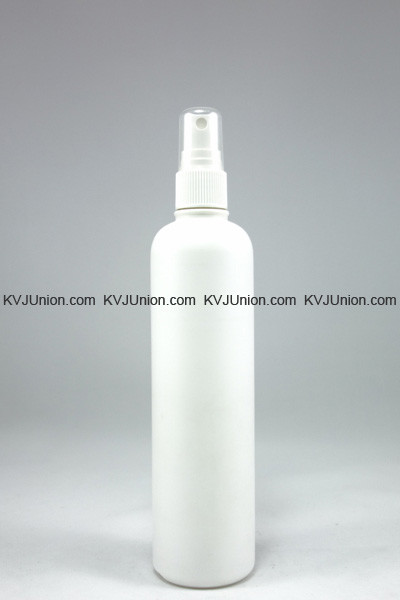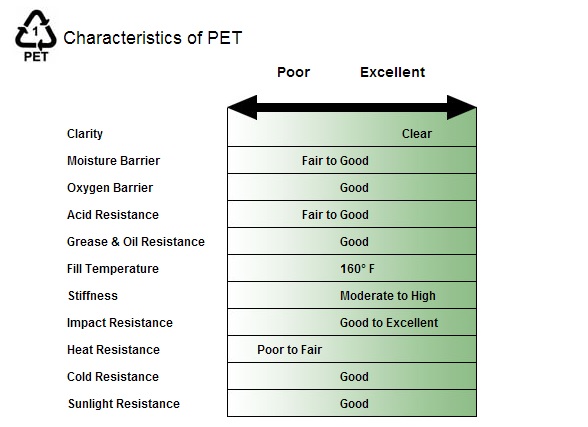Posted by KVJ on October 5, 2013 Bioplastic is the plastic derived from plant – based materials or other renewable resources through fermentation process. This process requires low energy input and produces the plastic with the ability to degrade when being composted, resulting in carbon dioxide and water as the end products. In fact, bioplastic has become one of the most innovative materials which answer to an increasing demand for more environmentally friendly solutions. Around the world, there is a great awareness in searching for new raw materials or polymers to improve the quality and functionality of bioplastic so that they can replace the conventional plastics that are produced by petrochemical industries.
Thailand is an agricultural country with various biomass materials and agricultural products including rice, sugarcane, cassava, corn, cellulose, and palm available. These products contain abundant composition of either starch (carbohydrates), sugar (glucose), or fibers (cellulose). All of which can be used as feedstock for the production of bioplastic monomers such as lactic acid and succinic acid. Favored with the price competitiveness and strength in the cultivation techniques, Thailand is clearly standing at the prime spot. In addition, Thailand’s plastic industry is a full cycle mature industry sector with a world class potential because Thailand has an active molding machinery production sub-sector, including die and mold machinery manufacture. Nonetheless, to date, there is no complete line bioplastic industry existing in Thailand. Only Purac Biochem B.V. produces lactic acid, a monomer for polylactic acid, at the annual capacity of 100,000 metric ton. To expedite bioplastic industry in Thailand, the national roadmap for the development of bioplastic industry has been implemented since 2008. Since then many researchers from the universities through the private sectors have been encouraged by this policy to develop the upstream technology including feedstock pretreatment and fermentation in order to increase the production of monomer for bioplastic from the biomass locally available. The first bioplastic production facility is expected by 2013. This presentation will review the current technological trends and the future prospects in bioplastic production in Thailand.
Credit: Thongchul, N., Chulalongkorn University



 K.V.J. Union Company Limited
K.V.J. Union Company Limited